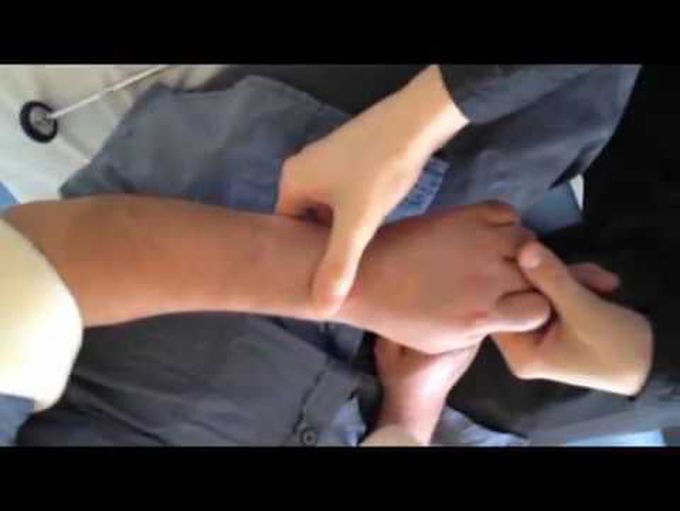


Upper Limb Clonus And Wrist Clonus
A 48-year-old man was seen because of abnormal movements of the left arm. Four months earlier, he had been admitted because of left hemiplegia caused by a hemorrhage in the right internal capsule and thalamus. Since that time, only spasticity in the left arm and hand persisted, but occasional intrusions of an unintentional tremor were reported. The physical examination showed brisk reflexes, spasticity, and a marked clonus provoked by the sudden hyperextension of the wrist (video). Clonus, which is usually encountered in the knee or ankle, is a classic symptom of spasticity occurring as a result of lesions in upper motor neurons. Wrist clonus, as was seen in this patient, is much less common and can be confusing and misdiagnosed. Wrist clonus in patients with hemiplegia was notably described in lectures published in 1883 by the French neurologist Jean-Martin Charcot, who called the phenomenon “provoked trepidation” and wrote, “These patients, on raising the paralysed arm, often experience a trembling similar to that which occurs in the lower limb under like circumstances. But the wrist-phenomenon, provoked or spontaneous, is much more uncommon.” In our patient, the spasticity improved and clonus disappeared a few weeks after the initiation of baclofen.

